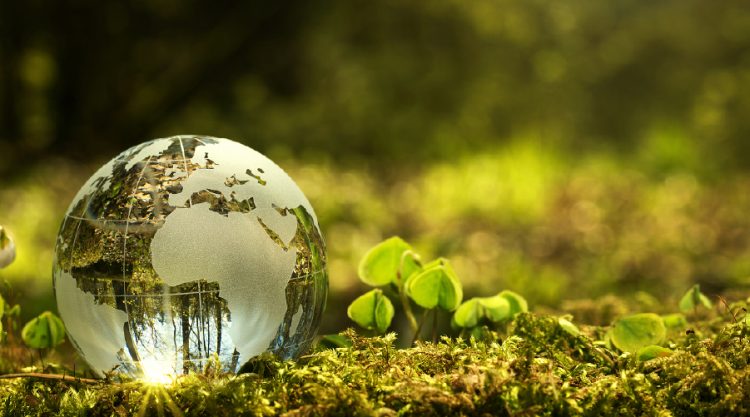Introduction
For centuries, human progress was defined by our ability to harness natural resources—cutting forests, redirecting rivers, and exploiting land for agriculture and industry. While these actions propelled civilization forward, they often came at the expense of the very ecosystems that sustain life.
Today, as the planet faces unprecedented challenges such as climate change, biodiversity loss, and water scarcity, the idea of coexistence with nature has shifted from a moral ideal to a necessity for survival. To ensure a thriving future, we must rethink development itself—not as a battle against nature, but as a partnership with it.
1. Historical Perspectives: From Domination to Coexistence
Human history reflects an evolving relationship with nature:
- Agricultural Revolution: Early civilizations transformed landscapes to grow crops and raise livestock.
- Industrial Revolution: The pursuit of economic growth accelerated deforestation, urbanization, and fossil fuel consumption.
- Environmental Awakening: By the late 20th century, growing awareness of ecological degradation gave rise to conservation movements and international agreements.
These milestones reveal a shift: the recognition that long-term prosperity cannot exist in opposition to the natural world.
2. The Challenges of Modern Development
Rapid urbanization, industrial agriculture, and resource-intensive economies have imposed heavy ecological costs:
- Deforestation and Habitat Loss: Expanding cities and farmland threaten biodiversity.
- Climate Change: Greenhouse gas emissions disrupt weather patterns, imperiling human and ecological health.
- Resource Depletion: Overfishing, freshwater shortages, and soil degradation undermine sustainability.
Without significant change, development risks becoming self-defeating—eroding the very resources it depends upon.

3. Innovative Practices for Harmonious Coexistence
Several pioneering initiatives offer blueprints for sustainable coexistence:
- Eco-Cities: Urban designs that prioritize green infrastructure, renewable energy, and low-carbon transport.
- Agroecology: Integrating biodiversity into farming to improve soil health and resilience.
- Rewilding Projects: Restoring degraded habitats to support wildlife and improve ecosystem services.
- Circular Economies: Reducing waste by reusing and recycling materials in closed-loop production systems.
These examples show that coexistence is not a retreat from progress, but rather a redefinition of progress itself.
4. The Role of Policy and Global Cooperation
Governments and international bodies play a crucial role in aligning human aspirations with ecological balance:
- Paris Agreement and Biodiversity Frameworks: Global efforts to curb emissions and protect habitats.
- Green Finance and Carbon Markets: Mobilizing investments for renewable energy and conservation.
- Community-Led Initiatives: Empowering indigenous and local populations who are often the best stewards of ecosystems.
Global cooperation recognizes that environmental health is a shared responsibility transcending borders.
5. A Future-Oriented Vision
The future demands a mindset shift:
- From short-term economic gain to long-term ecological resilience.
- From isolated policies to integrated systems thinking.
- From human-centered development to planetary stewardship.
By embedding ecological values into education, innovation, and governance, societies can advance while safeguarding the natural systems that sustain us.
Conclusion
The story of human development need not be one of conflict with nature. By reimagining progress as a collaborative journey—where technological innovation, policy, and cultural values align with ecological well-being—we can create a world where both humanity and nature thrive.
















































